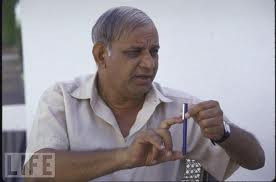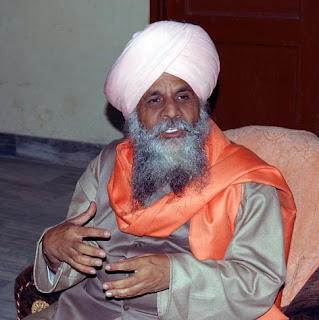It was Diwali on October 26 - belated greetings on the happy occasion. It was our first Diwali back home in India after my retirement from the Indian Foreign Service in December 2010. We celebrated our last Diwali in November 2010 in Stockholm (Sweden) with our son Naresh and his family. I wrote about it in my blog. We are in Jalandhar at our home town and as such we have had the good opportunity to be with my brothers and sisters and the extended family. My daughter Vaishali with her two daughters Komal and Tania and also my daughter in law Sulekha with her lovely little daughter Suhani were also with us till the morning of October 25. It was nice.
As a matter of personal attitude, I am not in favour of spirited celebrations partly on account of finances and partly due to the fact that I don't believe in too many rituals. But I am all for celebrations which bring in peace and harmony and give solace to the mind and soul. Diwali, to my mind, is one such occasion in India in which the entire society gets engaged. It is a joyous festival for all. Though, over the years, I have noticed that it has increasing become more ostentatious and costly. The spiritual and cultural sanctity is fast vanishing. It is a pity.
As regards my personal involvement in the Diwali celebrations, it started on October 24 the Silver Residency Apartments where we currently reside in a small flat. The whole building was illuminated by the Management under Vijay Khanna and the Resident Representatives. It was a dinner and dance programme intervaled with fireworks. Children enjoyed themselves on the
On October 25 & 26, I with my wife Vidya visited our sisters Jamuna and Lakshmi and also brothers Kishan and Paramjit to exchange greetings. It was good to pick up the threads again after a long absence from the scene. I recall that some years before the so called leaders of the dalit and poor communities decided not
एक बरस में एक बार ही जलती होली की जवाला;
एक बरस में एक बार ही जलती दीपों की माला;
किन्तु किसी दिन मदिरायाला में आकर देखो;
दिन में होली रत दिवाली रोज़ मानती मधुशाला !





